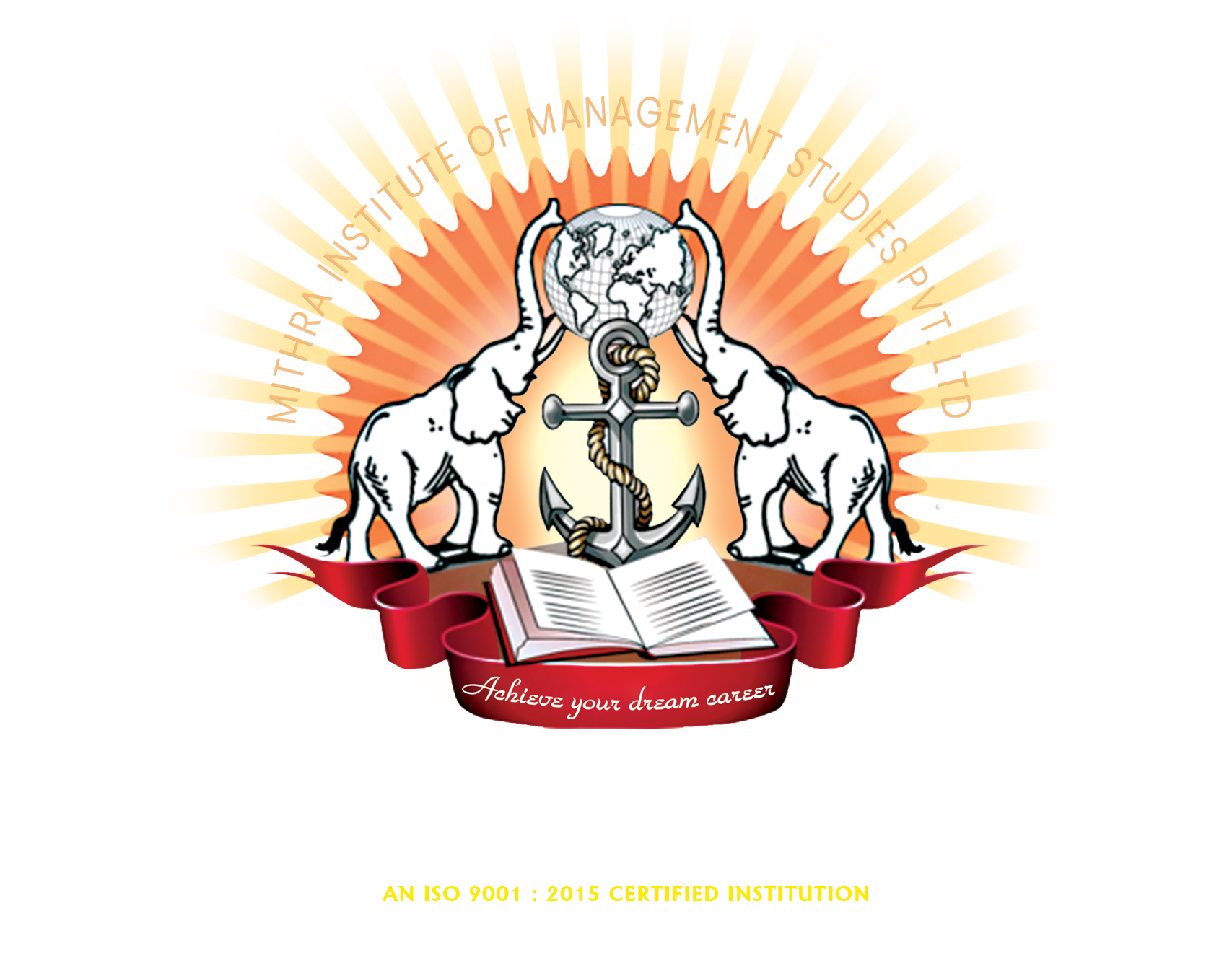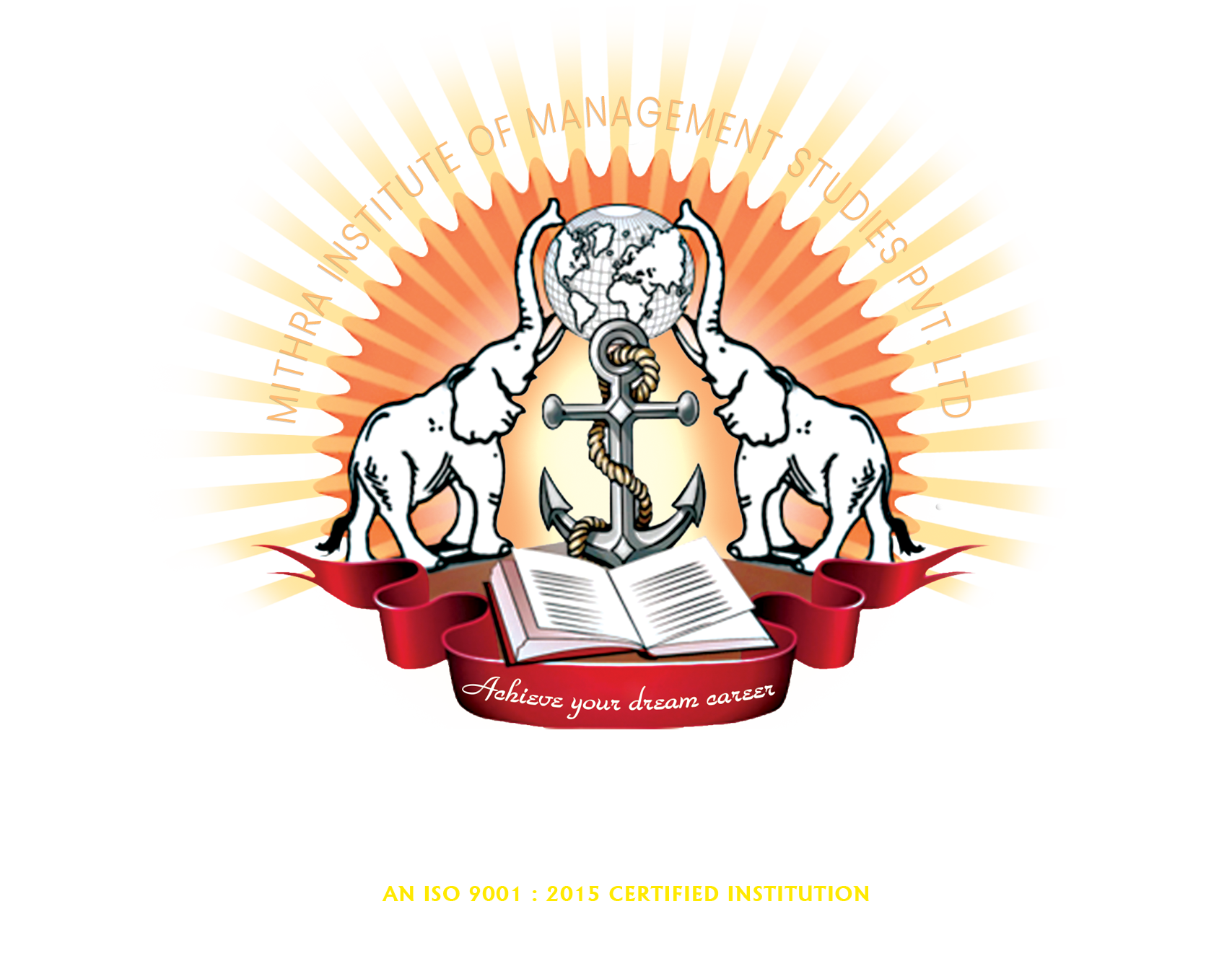A Comprehensive Guide to Choosing the Right PG Diploma Program in Logistics and Supply Chain Management
Logistics and supply chain management (SCM) are key components of today’s global economy, as they ensure the smooth and efficient movement of goods and services. As industries become more complicated, the demand for individuals who can navigate the complexities of logistics and supply chain management has increased, making it an appealing career option. A PG Diploma in Logistics and Supply Chain Management can provide you with the specialized knowledge and abilities required to succeed in this dynamic sector.
However, with so many options available, picking the perfect program can be difficult. This guide will assist you in making an informed selection and selecting the PG diploma program that best meets your career objectives and expectations.

1. Recognize the value of logistics and supply chain management.
Before getting into the intricacies of different diploma programs, it’s crucial to understand why logistics and supply chain management are so important. These fields are in charge of the planning, implementation, and management of commodities as they move from manufacturing to consumption. They are responsible for handling a variety of functions, including procurement, transportation, warehousing, inventory management, and demand forecasting.
As the global supply chain grows more interconnected, individuals who can optimize these processes to decrease costs, increase efficiency, and assure product delivery on time are in great demand. A postgraduate diploma in this sector will provide you with a competitive advantage and open up job prospects in a variety of industries, including manufacturing, retail, and e-commerce.
2.Determine Your Career Goals
The first step in selecting the appropriate PG diploma program is to determine your job goals. Do you want to specialize in a certain aspect of logistics, such as transportation or inventory management? Do you want to work in global supply chain management or focus on a single region? Understanding your job goals will allow you to narrow down programs that provide specific courses in your field of interest.
3. Accreditation and Reputation of the Institution
Not all graduation programs are created equally. Check if the institution providing the PG diploma is accredited and has a solid reputation in logistics and supply chain education. Accreditation assures that the program satisfies industry requirements, and attending a reputable university can improve your employability after graduation. Look for programs linked with respected organizations.
4.Curriculum and Course Content
The curriculum is one of the most critical factors in choosing a PG diploma program. You want a course that covers all the key areas of logistics and supply chain management, including:
- Procurement and Sourcing: Learn about supplier selection, contract management, and procurement strategies.
- Transportation and Distribution: Understand how to manage the movement of goods efficiently and cost-effectively.
- Inventory Management: Study inventory control techniques to optimize stock levels and reduce holding costs.
- Supply Chain Analytics: Gain insights into data-driven decision-making and performance measurement within supply chains.
- Global Logistics: Explore the challenges of managing supply chains on a global scale, including customs regulations, international trade, and cross-border logistics.
Additionally, many programs offer electives or concentrations that allow you to focus on a specific area of interest. Be sure to evaluate whether the program’s curriculum aligns with your career goals.
5.Mode of Study: Full-Time, Part-Time, or Online
Consider your current commitments and choose a mode of study that suits your lifestyle. Many institutions offer flexible options, including full-time, part-time, and online courses.
- Full-Time: Best for those who can dedicate themselves entirely to their studies. These programs typically take 1-2 years to complete.
- Part-Time: Ideal for working professionals who want to continue their education without sacrificing their job. These programs may take longer but offer more flexibility.
Online: Perfect for those who need maximum flexibility and want to study from anywhere. Many online programs provide interactive content, virtual simulations, and networking opportunities with peers.
6.Faculty expertise and industry connections
The quality of the faculty can significantly impact your learning experience. Look for programs with experienced instructors who have a strong background in logistics and supply chain management, both academically and professionally. Professors with industry experience can provide valuable insights and real-world examples that enhance the learning process.
Additionally, programs with strong ties to the industry can offer networking opportunities, internships, and access to guest speakers from top companies. These connections can be crucial when it comes time to find a job or advance in your career.
7.Internship and Placement Opportunities
A key aspect of any diploma program is the opportunity for practical experience. Many PG diploma programs offer internships or placement opportunities with leading logistics and supply chain companies. These experiences are invaluable, giving you hands-on exposure to the challenges and complexities of managing supply chains. Internship programs also provide networking opportunities that can lead to full-time employment after graduation.
When choosing a program, inquire about the institution’s placement record and the companies that partner with the school for internships. Strong placement support can make a significant difference in launching your career.
8. Cost and Financial Aid Options
Cost is another important factor to consider. PG diploma programs vary widely in terms of tuition fees. Consider your budget and explore financial aid options, such as scholarships, grants, or employer sponsorship programs. Some institutions also offer payment plans to help students manage the cost of their education.
9. Alumni Success and Networking Opportunities
One way to gauge the effectiveness of a program is to look at the success of its alumni. Research the career paths of graduates and see if they have landed jobs in reputable companies or advanced within their industries. Many institutions also have alumni networks that can be helpful for job placements, mentorship, and professional growth.
10.Global Recognition and Opportunities
If you plan to work internationally, choosing a PG diploma program with global recognition is crucial. Look for programs that have international accreditation or partnerships with global organizations. This will increase your employability across different regions and industries, giving you the flexibility to pursue a global career in logistics and supply chain management.
Conclusion
Selecting the right PG diploma program in Logistics and Supply Chain Management is a significant decision that can shape your career. You can choose a program that matches with your career goals and puts you on the path to success in this in-demand field by taking into factors such as curriculum, faculty knowledge, industry connections, and study choice flexibility.
With the right diploma, you’ll be equipped to navigate the complexities of global supply chains, solve logistical challenges, and drive business success in a rapidly evolving industry.

